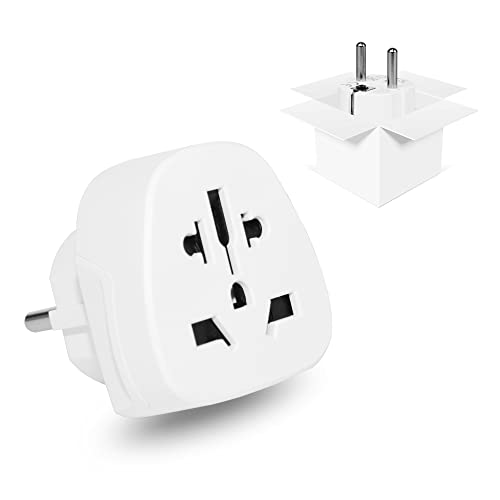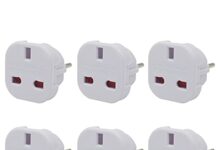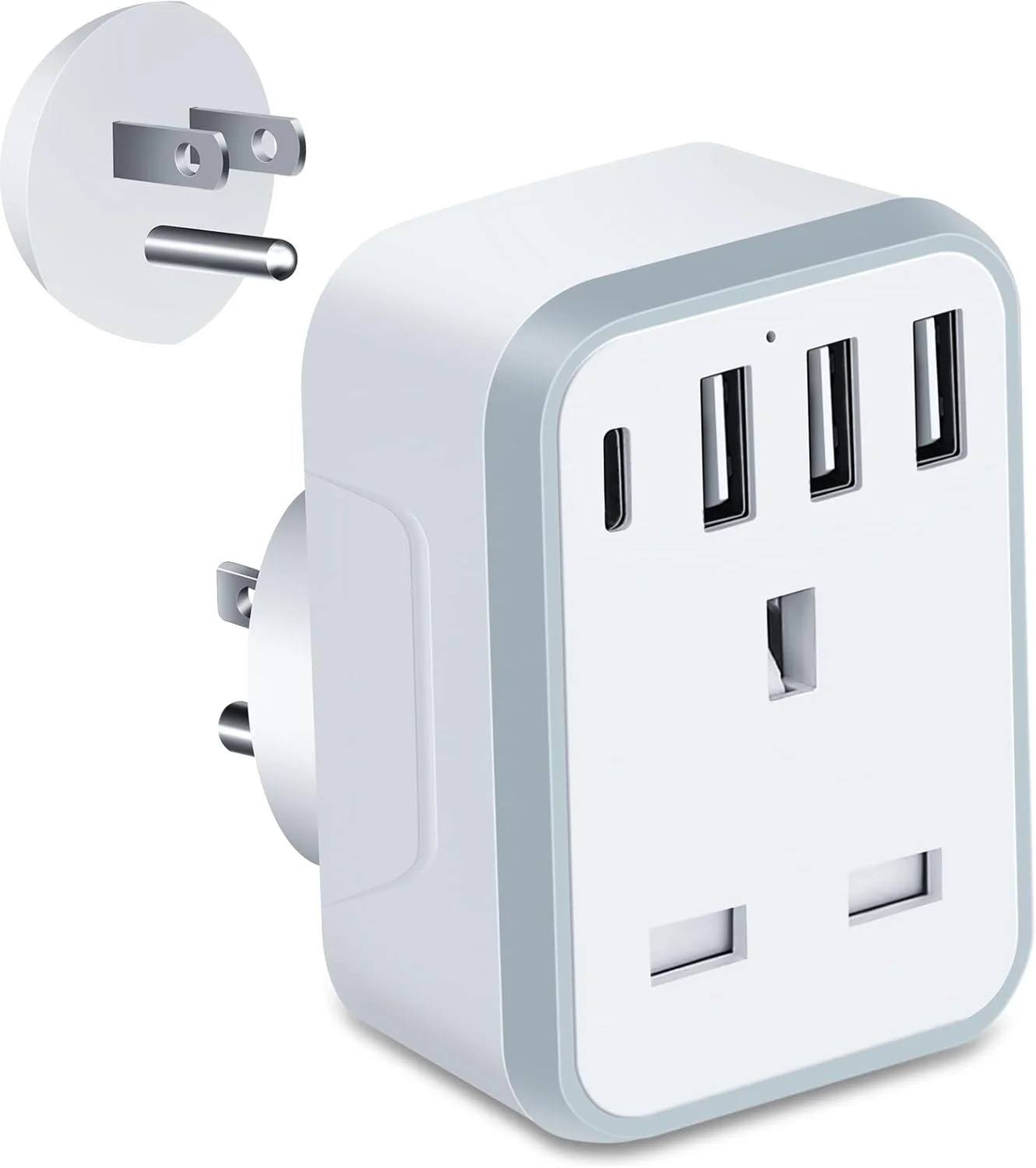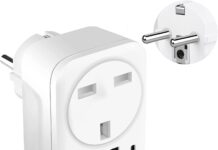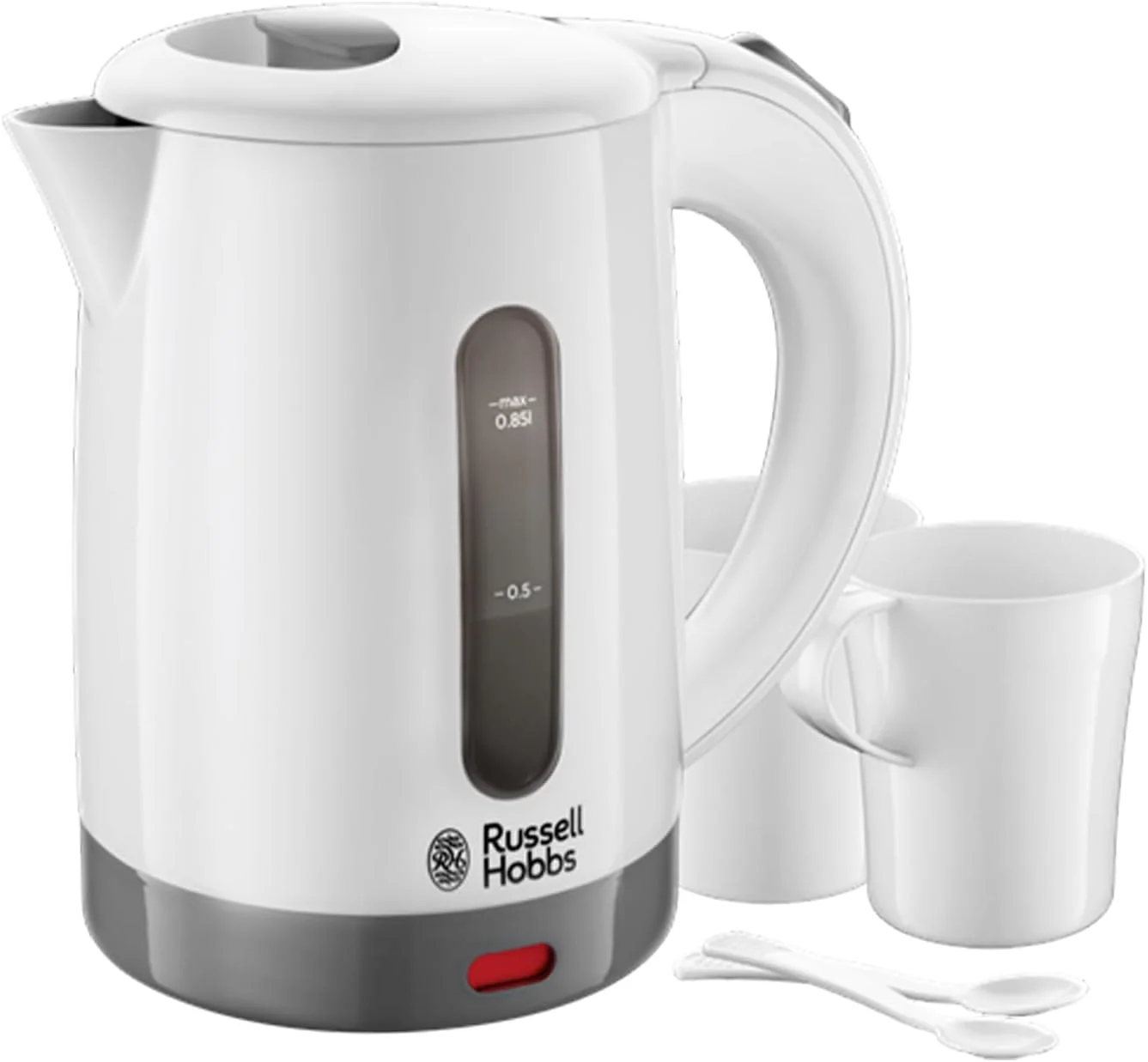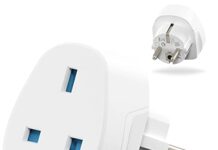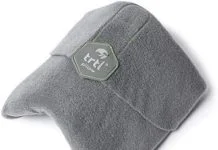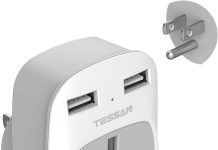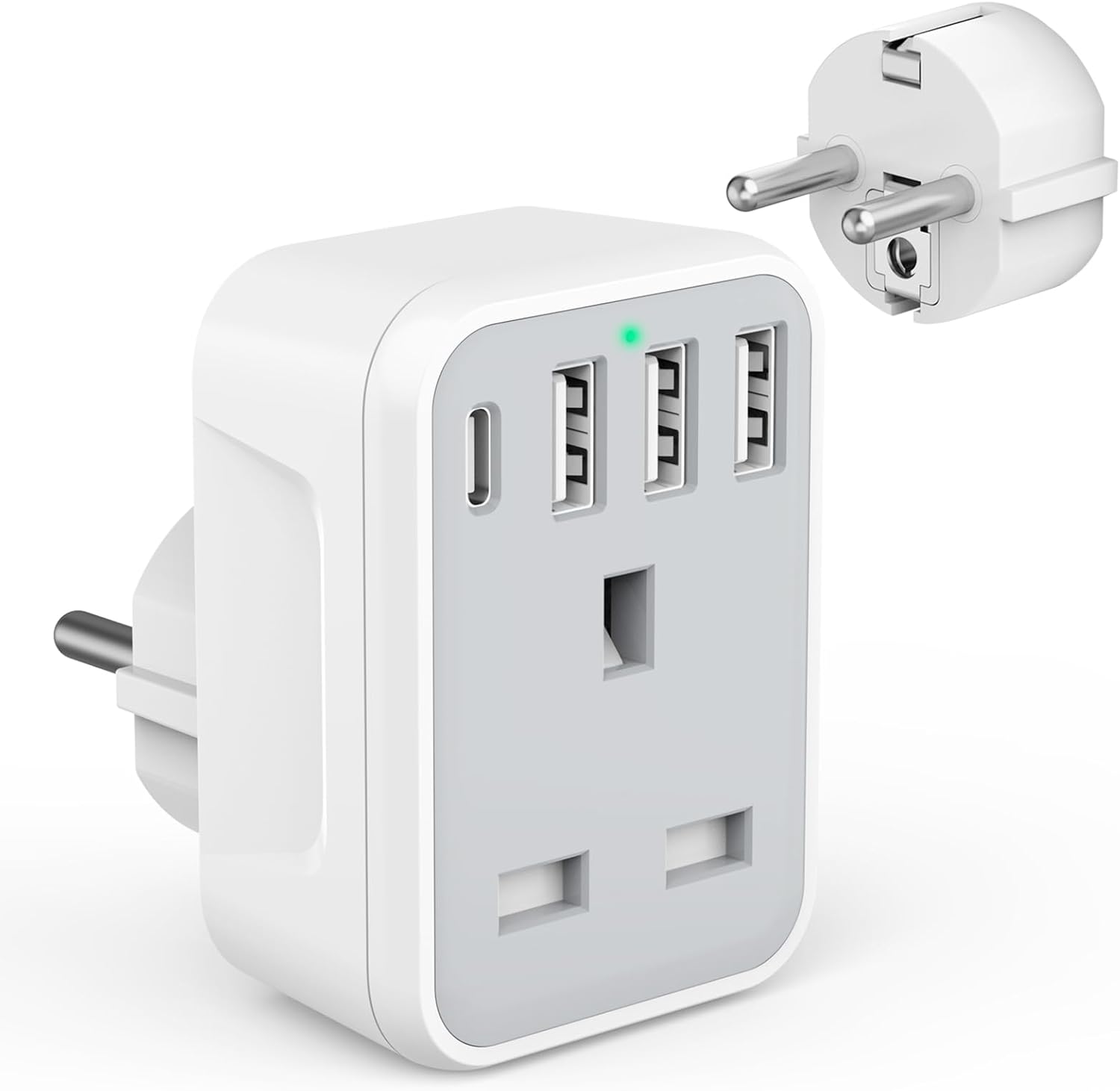I nearly forgot an adapter entirely on my trip to Bulgaria. The standard European adapter I had from previous trips worked perfectly fine, which is the good news about Bulgaria – it uses the same plugs as France, Germany, and most of the continent. The voltage is identical to the rest of Europe too, so if you have already travelled elsewhere on the continent, you probably own the right adapter. If not, any UK-to-Europe adapter will work.
Bulgaria uses Type C and Type F plugs with 230V voltage at 50Hz frequency – the same as most of Europe.
Featured Product
Plug Types in Bulgaria
| Type | Description | Notes |
|---|---|---|
| Type C | Two round pins (4.8mm) | Most common, ungrounded |
| Type F | Two round pins + grounding clips | “Schuko” plug, grounded |
Do UK Travelers Need an Adapter?
Yes. UK plugs (Type G – three rectangular pins) won’t fit Bulgarian sockets. Bring a UK to Europe adapter.
Do US Travelers Need an Adapter?
Yes. US plugs (Type A/B – flat prongs) won’t fit Bulgarian sockets. You also need to check voltage compatibility.
Voltage and Frequency
- Voltage: 230V
- Frequency: 50Hz
This matches the UK (230V, 50Hz). Most modern electronics are dual-voltage (100-240V) and work fine with just an adapter. Check your device label.
US devices: The US uses 110-120V. Modern phone chargers, laptops, and cameras typically support 100-240V and work fine. Hair dryers and curling irons usually require a voltage converter unless specifically marked as dual-voltage.
Alternatives to Adapters
- USB charging: Many hotels have USB ports built into lamps or desks
- Power banks: Useful for phones and tablets
- Solar chargers: For outdoor activities
Safety Tips
- Check voltage ratings before plugging in devices
- Don’t overload outlets with multiple high-power devices
- Unplug devices when not in use
- Use surge protectors for sensitive electronics
Where to Buy Adapters
- Amazon (before travel)
- Electronics stores
- Airport shops
- Bulgarian hardware stores
Related
Frequently Asked Questions
What plug type does Bulgaria use?
Bulgaria uses Type C (two round pins, 4.8mm) and Type F (two round pins with grounding clips) plugs, which are the same as most of Europe. Both operate at 230V and 50Hz.
Do UK travelers need an adapter for Bulgaria?
Yes, UK plugs (Type G with three rectangular pins) won’t fit Bulgarian sockets. You need a UK to Europe adapter to use your devices in Bulgaria.
Do US travelers need a voltage converter for Bulgaria?
Bulgaria uses 230V while the US uses 110-120V. Most modern electronics (phones, laptops, cameras) are dual-voltage and only need an adapter. Hair dryers and curling irons usually require a voltage converter unless marked as dual-voltage.
Is the Bulgaria plug the same as other European countries?
Yes, Bulgaria uses the same Type C and Type F plugs as France, Germany, Spain, and most of continental Europe. If you have a European adapter from previous trips, it will work in Bulgaria.
What voltage does Bulgaria use?
Bulgaria uses 230V at 50Hz, which matches the UK and most of Europe. Check your device label – if it says “100-240V,” you only need a plug adapter, not a voltage converter.

